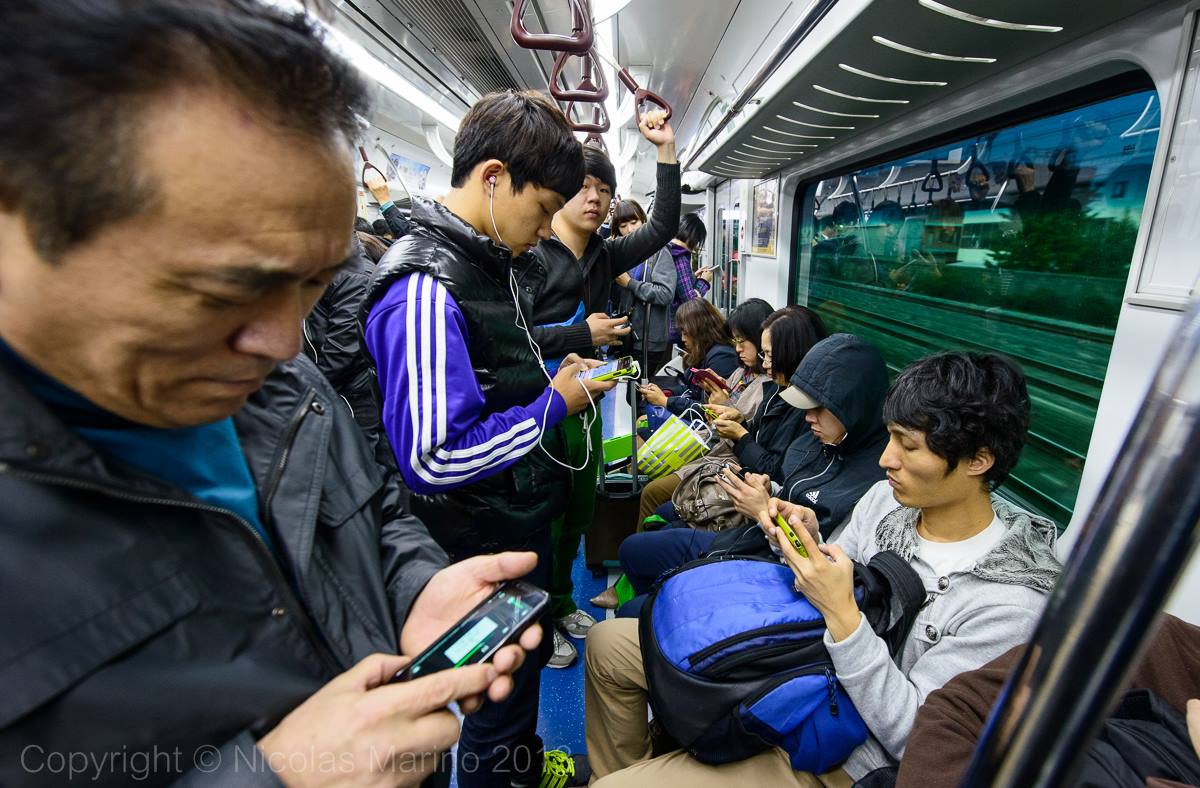When I first watched the viral clip of a man verbally abusing a woman on the London Tube, I was surprised and amused to say the least. This is not because I particularly enjoy violent scenarios, but it is quite rare to see such incidents in real life, right? That’s when I realised- I’m a part of the problem.
It’s no lie that social media is so deeply embedded in our daily lives that using it for and during almost every situation (no matter how inappropriate it may be) has become second nature to us. The moment we see something that can bank countless views and likes, we instinctively pull out our smartphones and record away.
The clip mentioned showed a rather angry and aggressive man firing expletives and curse words at a woman on a seemingly crowded train. I emphasise ‘crowded’ because, despite there being such a large amount of spectators, no one tried stepping in to diffuse the situation. However, everyone was quick to pull out their phones and contribute to the already dramatic and tense situation. It’s a little saddening that the technology that was supposed to connect us is slowly turning us into a unaffected and insensitive individuals that thrive on being ‘virtually famous’. But can social media be entirely blamed? Not entirely, and here’s why.
First studied by psychologists Bibb Latane and John Darley, ‘the bystander effect’ is a phenomenon closely studied in social psychology, whereby individuals are not likely to offer help to a victim when other individuals are present. There are two reasons for this: Diffusion of responsibility (when individuals believe that someone else in the group will intervene) and social influence (where, based on the group’s callous response, the individual believes that there is no use intervening).
Being social animals, humans generally prefer to not involve themselves in matters that don’t concern them simply because they fear judgement. It’s been found that the larger the number of bystanders, the less likely an individual is to come forward and help. This may be an explanation as to why no one rushed to the woman’s defence in the crowded train.
Furthermore, there’s no telling what will happen following the intervention. What if the situation escalates and turns unknowingly violent? What happens then? It’s an important question but it doesn’t take away from the fact that social media has avoidably dramatized situations, in some cases doing more harm than good.
For instance, when the video of the man being dragged off the United Airlines flight (April, 2017) was posted, it instantly went viral. The man was severally assaulted, physically and mentally, but no one stepped in to stand up for the man. However, they were more than willing to record the man being dragged across the plane.
All these events have me constantly asking – what’s the point of all this ‘connectivity’ and ‘socializing’ online when we’re just mere spectators in real life?
Srika Nambiar
(Image courtesy of Open Source Studio)

